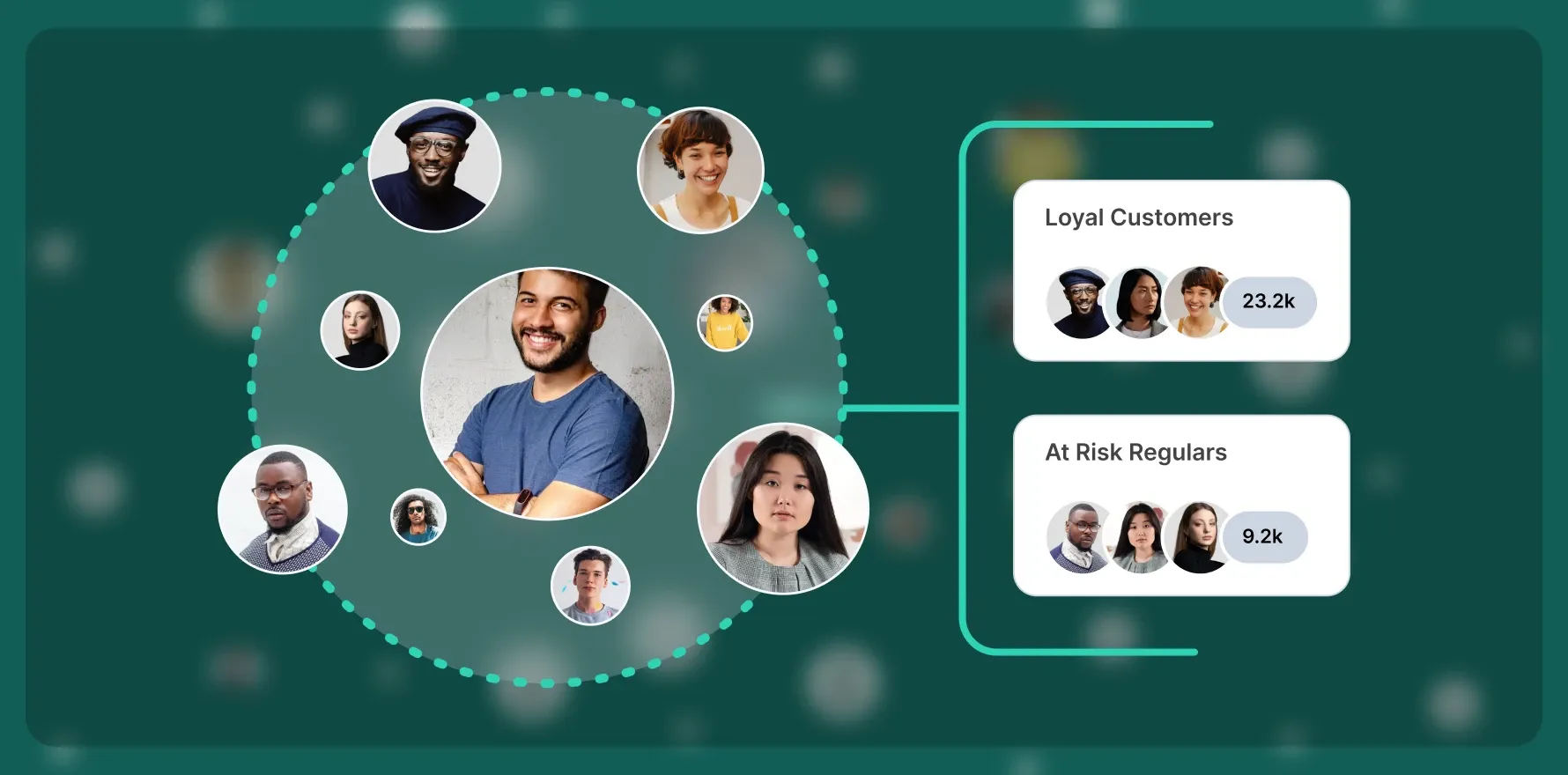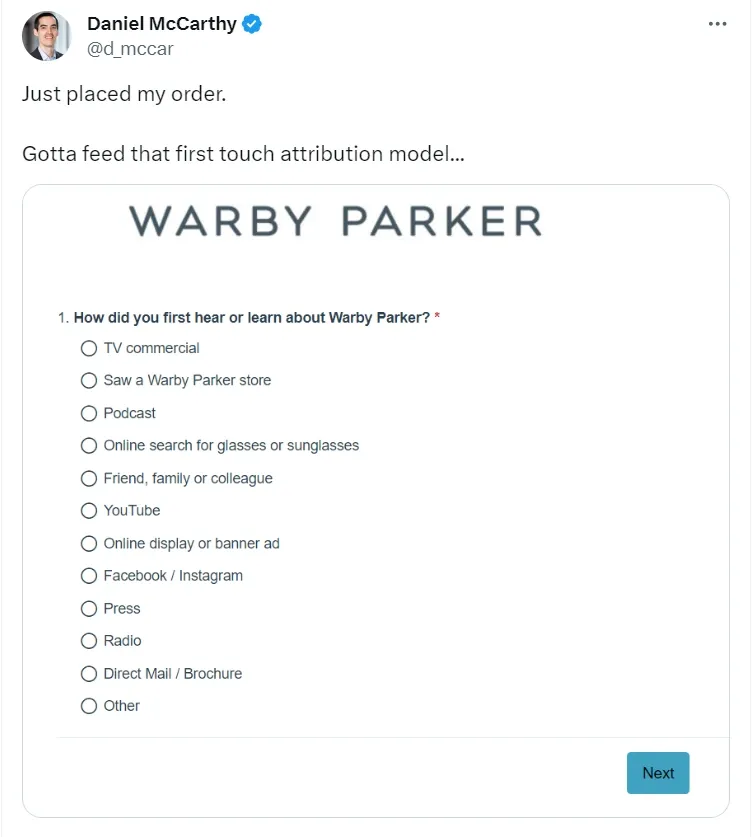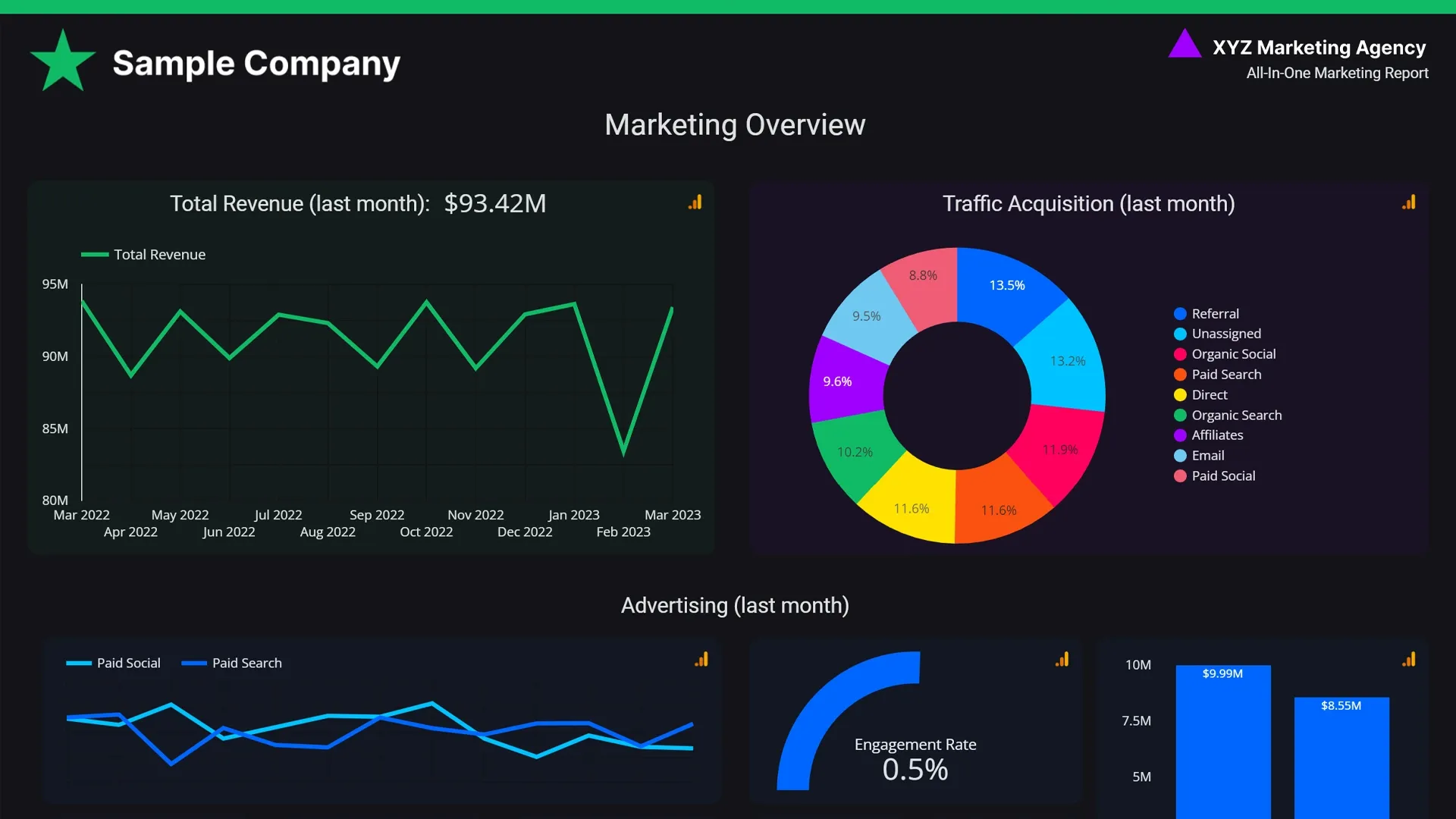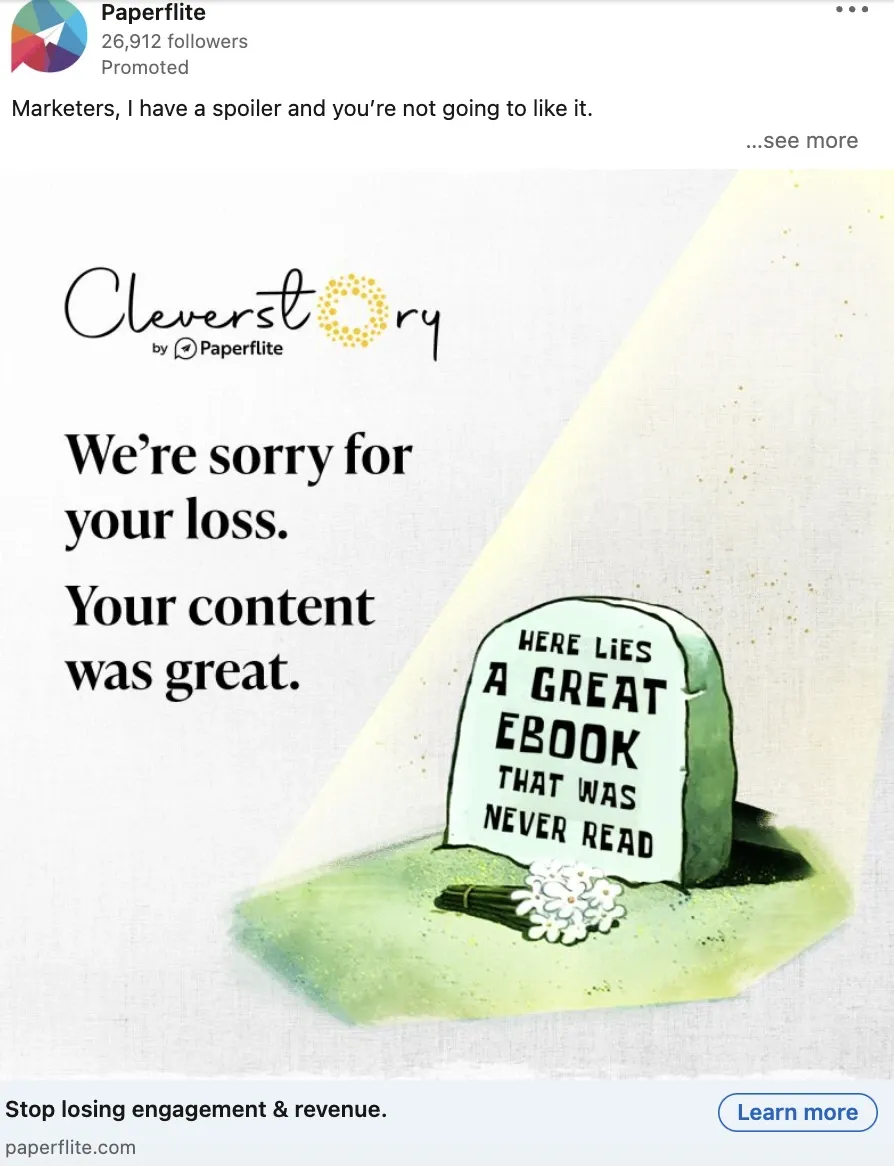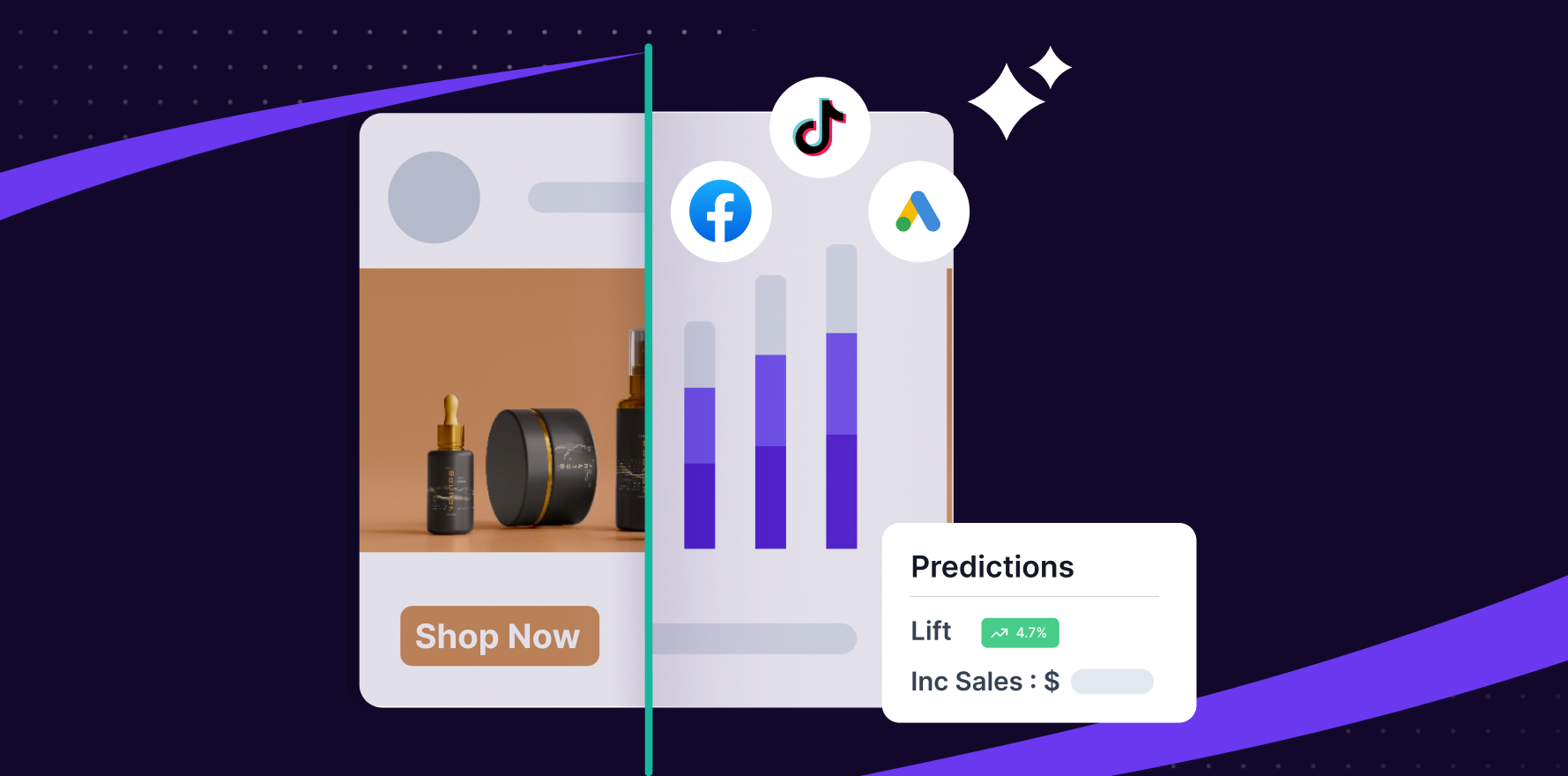Organic marketing takes time to show its impact on the overall ROI. To drive sales faster, businesses must have a data-driven digital advertising strategy.
But, most marketers struggle with how to approach ad campaigns to achieve marketing optimization. Which digital channels to prioritize? How much of the budget do you allocate to each channel?
In this do more with less resources economy, as a marketer, the last thing you want to do is drive ad campaigns based on assumptions and miss out on significant ROI opportunities. You must follow a systematic and analytics-driven process for conversion rate optimization to increase ad revenue.
Here are some of the tried and tested tips to optimize your marketing strategy and help you make informed decisions about ad budget and channels.
What is Marketing Optimization?
Marketing optimization is the process of continuously improving and maximizing the efficiency of marketing activities across all channels to enhance ROI.
According to Statista, investment in advertising is following an upward trend in the B2B industry. By 2024, the overall ad spend amount in the US is expected to reach 37.7 billion U.S. dollars, up from 32 billion U.S. dollars in 2022.
While B2B spending on marketing technology keeps growing, there”s hardly any scope of errors in your marketing budgets.
The appropriate marketing optimization strategies will give you the insights you need to earn positive ROI from your ad campaigns.
Top 10 Marketing Optimization Strategies to Explore in 2024
Marketing optimization strategies vary based on industry types, target channels, locations, and the intent of target audiences. Nevertheless, here are the conversion rate optimization strategies that work with slight adjustments.
Audience Targeting and Segmentation
What is it?
Businesses target a vast group of audiences through their paid ad campaigns. To ensure that your ad messaging matches the intents of the audiences, segment your audiences into different sub-groups.
Some of the popular factors to base your audience segmentation are:
- Demography – location, age, occupation
- Behavior – purchase history, saved items
- Psychographic – beliefs, attitudes, personality types, values
- Customized – search-term, website, mobile app
To build a data-rich audience segment, consider leveraging analytics tools to combine these factors into sub-groups.
Why do you need it?
Seth Godin, a seasoned marketing expert, explained in a recent interview with Inc why segmentation matters in B2B ad campaigns – “We worry about disappointing, missing, offending or otherwise leaving behind someone who might become our customer”.
Audience segmentation helps marketers to:
- Personalize their ad collaterals and messaging based on the needs of the target audiences
- Define target audiences” needs better to boost conversion rates
- Strengthen customer loyalty by building relationships
- Generate more leads to fill the lead pipeline
Best practices
- Your audience should be precisely defined. That means continuously researching and documenting detailed insights about each segment. The more specific information you have about the target audiences, the more personalized and effective your ad messaging will be.
- While starting with a single channel is a good idea, explore and analyze performance across all major ad channels like Google Ads, Facebook Ads, LinkedIn Ads, Instagram Ads, YouTube ads, etc. Budget allocation depends on your audiences” presence or level of engagement, but using cross-channel communication strategies will increase the chances of conversion.
Multi-touch attribution models
What is it?
Multi-touch attribution models measure the impact of different touchpoints on the customer journey to identify the contribution of each touchpoint in converting a lead into a customer.
They help businesses with critical insights about customer journeys to optimize the marketing process.
Some of the common types of multi-touch attribution models are:
- First-touch attribution model where the first marketing touchpoint is considered the most significant one
Daniel McCarthy, a marketing professor at Emory University, shows a real-life first-touch attribution model:
real-life first-touch-attribution-model-linkedin-post-by-daniel-mccarthy
- Last-touch attribution model where the final touchpoint is given the most credibility
- Linear attribution model where all touchpoints are considered to create equal impact
Additionally, for complex customer journeys, marketers use other attribution models like – U-shaped, W-shaped, and Time Decay.
Why do you need it?
- Cross-channel marketing is confusing as marketers often struggle to identify the most and least profitable marketing channels. With multi-touch attribution, each channel or publisher gets credits based on their contribution towards the overall ROI from a campaign. This helps marketers to make informed marketing optimization decisions.
- Multi-touch attribution also gives marketers an idea of what works and doesn”t to run successful paid marketing campaigns. With the appropriate model, you will have a detailed idea of which ad messaging creative created the most value in a customer journey.
Best practices
- Integrate all marketing touchpoints with your attribution model, including both online and offline channels. Assess all touchpoints objectively, without ignoring any based on assumptions
- Incorporate offline touchpoints into your attribution analysis. For example, if a customer engages with your brand at an offline event before visiting your website, that event becomes a key touchpoint in their journey.
- To unify touchpoints, use universal attribution tools like Lifesight, which can automatically capture event costs and integrate them with online data, giving weighted ROI credits to offline channels to accurately allocate budgets.
Marketing Mix Modeling (MMM)
What is it?
Marketing mix modeling is identifying the impacts of various marketing initiatives on an organization’s overall ROI. Unlike attribution models that capitalize on first-party consumer data, MMM analyzes how external factors like seasonality, political aspects, recession, inflation, and natural disasters are correlated with the overall marketing ROI.
Why do you need it?
Brands like Apple and Google have announced significant privacy upgrades that would limit advertisers’ ability to track activity across apps.In 2024, more brands will start applying techniques like media mix modeling as it provides a holistic view of the marketing ecosystem and its impact on channel ROI.
Best practices
- Don”t opt for manual MMM, as feeding the model with all necessary datasets may take months. Instead, automate the marketing mix modeling process with tools that integrate easily with your data sources and auto-calibrate the models to provide accurate insights.
- Data quality makes a lot of difference for MMM. Use high-quality and granular conversion, ad spend, marketing, non-marketing, and brand data to train your marketing mix models. Focus on the accuracy and consistency of these datasets and keep cleansing them regularly to improve the quality of outputs.
Incrementality Testing and Experimentation
What is it?
Incrementality Testing aims to determine the direct impact of a given marketing activity by isolating it and assessing changes in desired outcomes. It includes looking at a test group that is shown the campaign and a control group that is not.
Some common modes of incrementality testing are A/B testing, multivariate testing, and geo-match marketing.
Why do you need it?
- Incrementality testing assists in marketing optimization by enabling precise ad spend adjustments and providing insights into the incremental impact of advertisements.
- Understand the effectiveness of marketing channels and the adequacy of your ads in driving conversions.
Best practices
- Clearly define your goals for incrementality testing to ensure its success. Choose the approach that aligns with your objectives.
- Remarketing campaigns are popular in DTC, and incrementality testing is a game-changer in those scenarios. Since incrementality testing identifies the actual value of your campaigns, brands leverage these insights to adjust their remarketing campaign messaging.
- Utilize tools like Lifesight for seamless data integration and advanced customer segmentation, avoiding manual testing complexities.
Measuring and Reporting
What is it?
Tracking and presenting all your campaign metrics in a visually appealing dashboard is crucial for stakeholders to get the gist of your budget and marketing performance at a glance.
A well-structured campaign dashboard or report helps marketers derive critical insights from each active campaign to make actionable decisions.
A typical marketing report looks like this:
typical-marketing-report-looks-like-this
Why do you need it?
- Provides you easy access to data to track campaign performance in a single dashboard
- Visualized data gives you an understanding of historical data patterns to predict the future tendencies of audiences
- Real-time marketing reports paint a transparent picture of how your campaign KPIs are changing different independent variables like time
Best practices
- Break down data, and instead of using a large volume of datasets, try to use as much granular data as possible.
- While data is the foundation of each marketing report, it is not always sufficient. Make sure to include a conclusion based on the data insights and the next steps in the report for your and other stakeholders” convenience.
- Focus on meaningful metrics and avoid vanity metrics. For example, click impressions are important, but more critical metrics are conversion, ad spending, click-to-conversion rate, and campaign ROI. Your marketing report must have detailed analyses of these metrics.
Conversion Rate Optimization (CRO)
What is it?
CRO is the process of optimizing all digital touchpoints, not only websites, based on potential user intent to optimize conversions.
Why do you need it?
- CRO helps you optimize your budget by converting your website visitors into paid customers. If done correctly, this strategy significantly reduces your conversion acquisition costs
- CRO gives you access to valuable datasets like user behavior, scrolling depth, heatmaps, bounce rate, and clicks. Marketers are free to use these datasets to improve website conversion in the future
Best practices
- Implement contextual CTAs based on user intent rather than generic messages.
- Your top-performing pages should have personalized messaging that has worked in the past. The more it resonates with your target audiences, the higher the conversion possibilities.
Creative Optimization
What is it?
Your ad creatives are standing at the forefront of your ad campaigns. It all comes down to how personalized the ad creatives are and whether they encourage your prospects to click. Creative optimization is about optimizing ad creatives based on messaging and design so that potential users find them irresistible to ignore.
Why do you need it?
Compelling creatives that accurately convey your offer are essential—they are the primary engagement point for users with your brand.
Here is an ad creative from Paperflite that we absolutely loved:
ad-creative-from-Paperflite
Best practices
- Consistently A/B tests your creatives to identify the one that gets the most clicks and modify your messaging and designs accordingly.
- Add a clear CTA that solidifies your offer.
- Experiment with various creative formats, like videos and animations, to capture user attention.
Channel Optimization
What is it?
Channel optimization involves tailoring your marketing efforts across different platforms to maximize ROI and user engagement.
Why do you need it?
- Channel optimization helps you understand where the customers are engaging the most with your brand
- With channel optimization, you will identify the top-performing ad channels and making budgeting decisions will be easier
Best practices
- Use real-time attribution tools to track how your ad campaigns are performing in real-time.
- Map your buyer journey and align your ad creatives accordingly.
- Explore your target audiences” most favorite channels and invest more in them to get maximum attention and engagement.
Lifecycle Marketing
What is it?
Lifecycle marketing is about fostering meaningful interactions throughout the customer’s journey to nurture leads into loyal customers.
Why do you need it?
- Lifecycle marketing assists brands in creating more loyal customers by encouraging them to repeat purchases. Since lifecycle marketing gives you granular insights into the behaviors of existing customers, winning the trust of existing customers becomes simpler
- With lifecycle marketing, you will derive data-driven insights about your customers, their behaviors, and the various active touchpoints. Use these insights to improve your other marketing efforts, like content organic social
Best practices
- Be as detailed as possible while building a customer profile. Combine the insights from multiple data points to identify the top lifecycle stages of your target customers.
- Manual customer profile creation is next to impossible when you can access multiple data points. Use the right tool that auto-generates your customer profile to help you adjust your campaigns.
Real-Time Bidding (RTB)
What is it?
Real-Time Bidding (RTB) is part of programmatic media buying that involves instantaneous ad auctioning for targeted ad placements.
Why do you need it?
- For paid marketers, RTB helps you create targeted buying opportunities. It lets you focus more on creating relevant advertisements by refining targeting whenever required
- RTB relies heavily on the data associated with real-time audiences. As a result, the relevancy of the advertisements increases, leading to more growth opportunities
Best practices
- Experiment with multiple ad formats like audio, static, video, native, and social, and keep the A/B testing on until you find out the most suitable ad type for your brand
- Keep tracking the two KPIs – Bid Floors and Blocklist to monitor the minimum bid that the publisher will accept and the URLs that you don”t want your ad to associate with.
Conclusion
Marketing optimization is an integral aspect of any successful paid marketing campaign. With strategies like multi-touch attribution, marketing mix modeling, audience segmentation, incrementality testing, and reporting, generating leads from your ad campaigns becomes fairly straightforward.
These conversion rate optimization strategies help you get a clear overview of your campaigns so you make decisions regarding their effectiveness and budget allocation.
You may also like
Essential resources for your success
